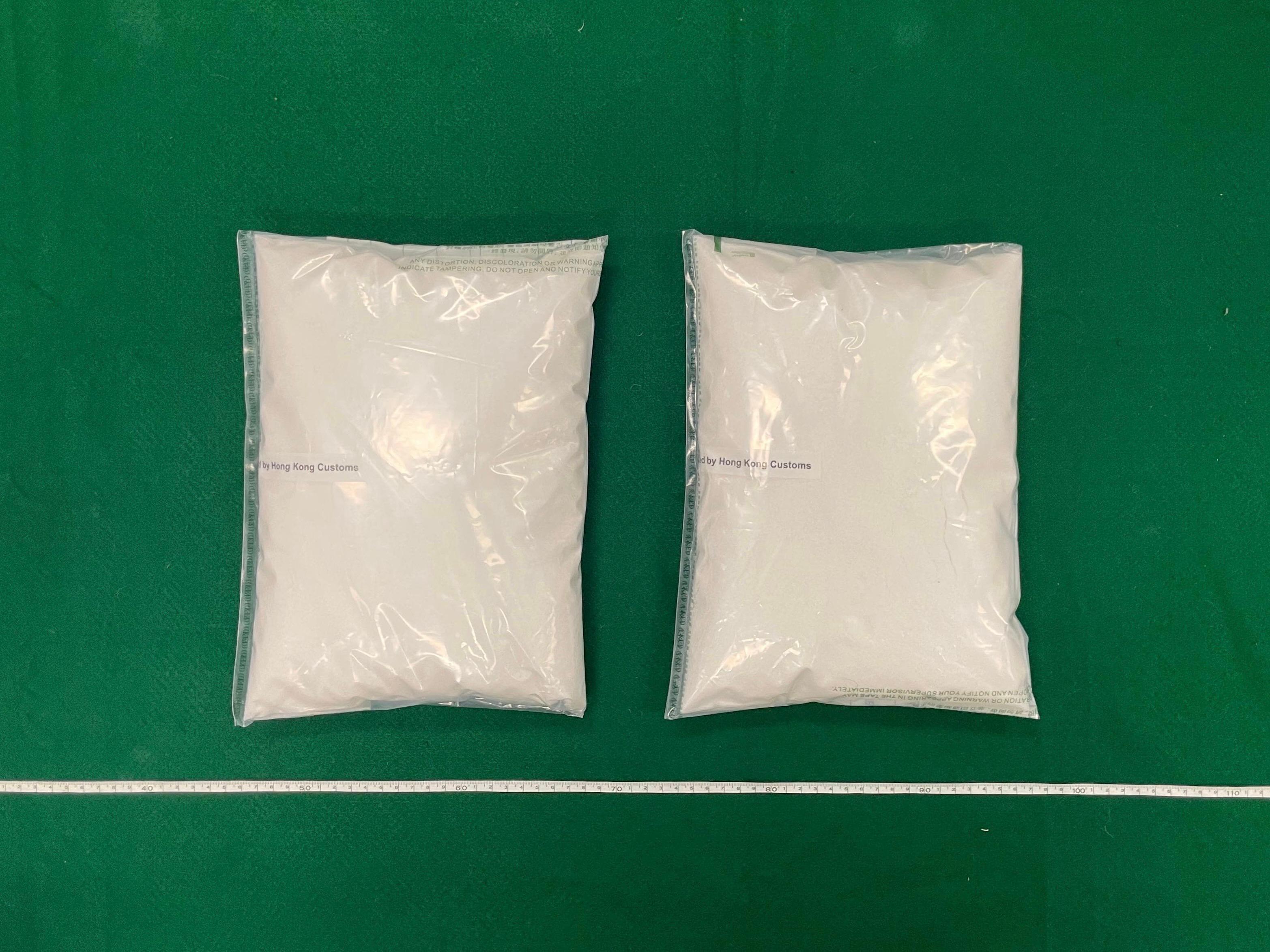​The Government announced today (December 20) that the Chief Executive has reappointed Mrs Regina Ip Lau Suk-yee, Mr Martin Liao Cheung-kong, Dr Moses Cheng Mo-chi, Mr Chan Kin-por, Dr Eliza Chan Ching-har, Mr Stanley Ng Chau-pei, Mr Tam Yiu-chung, Mrs Laura Cha Shih May-lung, and Mr Chow Chung-kong as non-official members of the Honours and Non-official Justices of the Peace Selection Committee.
“All non-official members will serve for a one-year term, from January 1 to December 31, 2025,” a Government spokesman said.
The Selection Committee is tasked with considering nominations for various honours as well as for the appointment of Non-official Justices of the Peace (JPs) and making recommendations to the Chief Executive.
Honours and awards are awarded to individuals in recognition of their significant contributions to Hong Kong or dedicated public and community service. The appointment of JPs is governed by the Justices of the Peace Ordinance (Cap. 510). JPs are required to perform certain functions, including visiting custodial institutions or detention centres, to ensure that such facilities are effectively managed and that no inmate is unfairly treated or deprived of his or her rights.
The annual Honours List and the list of new JP appointments are normally published in the Government Gazette on the Hong Kong Special Administrative Region Establishment Day (July 1).
The Selection Committee is chaired by the Chief Secretary for Administration. Other official members include the Financial Secretary, the Secretary for Home and Youth Affairs, the Chairman of the Public Service Commission, and the Director of the Chief Executive’s Office.
The Selection Committee’s full membership for the new term is as follows:
Chairman
———-
Chief Secretary for Administration
Non-official Members
————————
Mrs Regina Ip Lau Suk-yee
Mr Martin Liao Cheung-kong
Dr Moses Cheng Mo-chi
Mr Chan Kin-por
Dr Eliza Chan Ching-har
Mr Stanley Ng Chau-pei
Mr Tam Yiu-chung
Mrs Laura Cha Shih May-lung
Mr Chow Chung-kong
Official Members
——————-
Financial Secretary
Secretary for Home and Youth Affairs
Chairman, Public Service Commission
Director, Chief Executive’s Office read more


